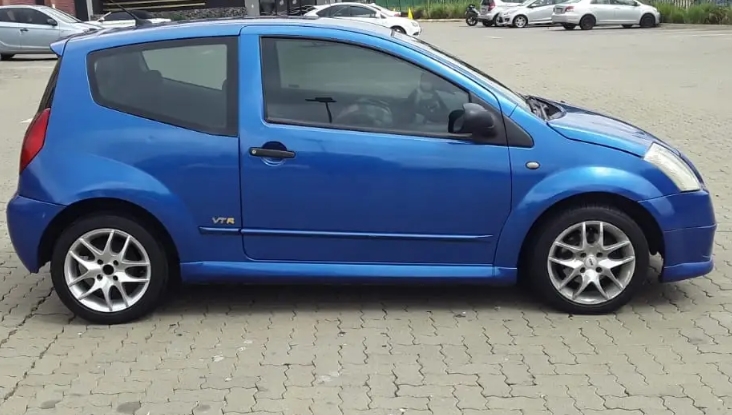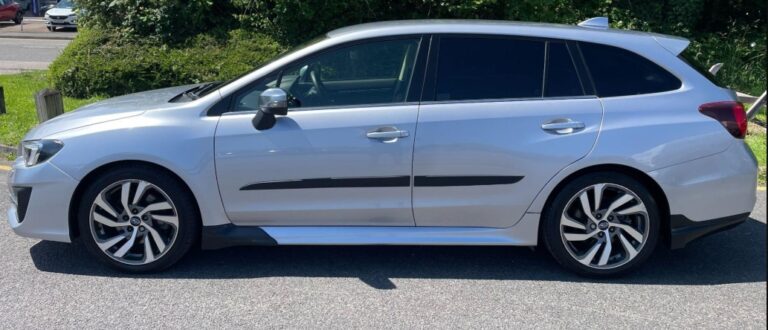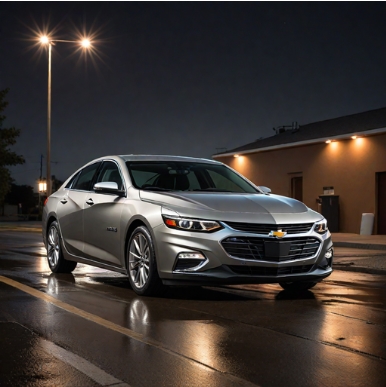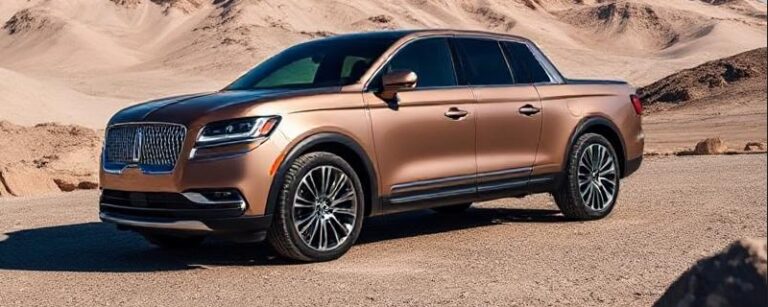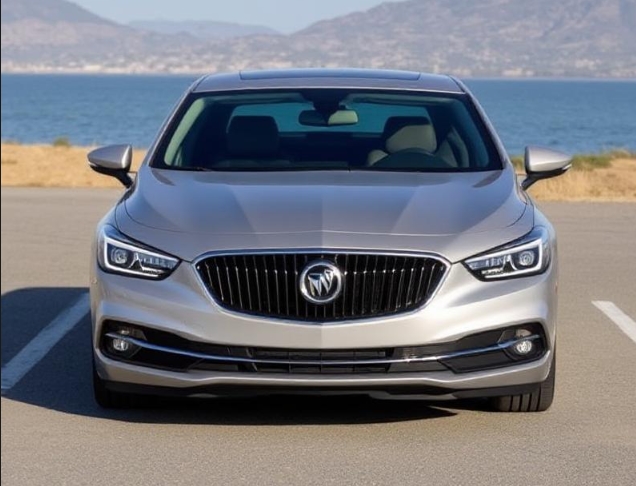The Evolution of Citroën C2, C3, and C4
Introduction
Citroën, one of France’s most iconic automobile manufacturers, has a storied history marked by innovation, distinctive design, and a commitment to comfort and practicality. Central to its lineup over recent decades have been three models: the Citroën C2, C3, and C4. Each has played a significant role in the brand’s global presence, catering to diverse market segments from compact city cars to versatile family vehicles. This article traces their evolution, detailing production timelines, model variants, and trim levels.
Citroën C2 (2003–2009)
Overview and Introduction
Launched in 2003, the Citroën C2 was a supermini (B-segment) designed primarily for urban driving, emphasizing style, agility, and affordability. It was built on the PSA Group’s PF1 platform, shared with models like the Peugeot 207.
Production Timeline
- Production Years: 2003 to 2009
- Manufacturing Locations: France (Aulnay-sous-Bois), and other plants in Europe
Design and Features
The C2 was characterized by its youthful, quirky design, with rounded contours and a distinctive front grille. Its compact size made it ideal for city dwellers, and it offered a range of customization options.
Model Variants and Trim Levels
Throughout its production, the C2 was available in multiple trims, each offering varying levels of equipment and features:
- Base Models:
- Désir (entry-level): Basic features, manual windows, cloth seats.
- Mid-Level Trims:
- Confort: Added power windows, central locking, upgraded interior.
- Désir Plus: Further enhancements with alloy wheels, upgraded audio.
- Top Trim:
- VTR: Sportier styling, sport suspension, unique interior trim, and alloy wheel options.
Engine Options
The C2 offered a range of petrol and diesel engines:
- Petrol engines: 1.1L, 1.4L, 1.6L (varied by market)
- Diesel engines: 1.4L HDi, 1.6L HDi (common in European markets)
Special Editions
Limited editions such as the C2 Furio and C2 10th Anniversary added unique styling cues and exclusive features.
Citroën C3 (2002–2019; current models as of 2023)
Overview and Introduction
The Citroën C3 was introduced in 2002 as a replacement for the Citroën Saxo, positioning itself as a practical, stylish supermini with a focus on comfort and innovative design. Its longevity and multiple facelifts highlight its importance in Citroën’s lineup.
First Generation (2002–2009)
- Launch Year: 2002
- Production Years: 2002–2009
- Platform: PSA PF1 platform (shared with Peugeot 207)
- Design: Rounded, modern aesthetic, with a distinctive high roofline.
Models and Trim Levels
Initial trims in various markets included:
- LX: Basic features, manual windows, fabric seats
- SX: Added features like air conditioning, power windows
- VTR: Sporty version with sport seats, alloy wheels, and styling accents
- Exclusive: Higher-end trims with premium features like leather upholstery, upgraded audio, and sunroof options
Facelift (2005)
In 2005, the C3 received a mild facelift, updating the front grille, headlights, and interior features. The trim levels remained largely similar but with added technology options.
Second Generation (2010–2016)
- Launch Year: 2010
- Design: More modern, sharper lines, and improved aerodynamics.
- Features: Focus on comfort, with increased interior space and new infotainment options.
Trim Levels
- VT: Entry-level with essentials
- VTR: Sportier trim with additional features
- VTR Plus: Enhanced styling and equipment
- Exclusive: Top-end with luxury features, leather seats, and advanced technology
Special Editions
Limited editions such as the C3 Aircross (2017) introduced SUV-inspired styling, with trims like Live, Feel, and Shine emphasizing personalization.
Facelift (2017)
A significant facelift in 2016/2017 refreshed the front end with new lighting signatures, updated bumper design, and new interior technology, including the availability of touchscreen infotainment systems.
Third Generation (2019–present)
- Launch Year: 2019
- Design: More contemporary, with a focus on compact SUV styling, especially in the C3 Aircross variant.
- Features: Advanced connectivity, safety features, and efficient engines.
Trim Levels
- Live: Basic, affordable entry point
- Feel: Mid-range with added comfort features
- Shine: Top-tier with premium options, including advanced driver-assistance systems
- C3 Aircross: The SUV-inspired version, with trims like Shine, Rip Curl (special edition), and C-Series.
Engine Options
Across generations, the C3 has been offered with:
- Petrol: 1.0L, 1.2L PureTech, 1.5L BlueHDi diesel (market-dependent)
- Diesel: 1.5L BlueHDi
Citroën C4 (2004–2018; latest models as of 2023)
Overview and Introduction
The Citroën C4 was introduced in 2004 as a compact hatchback and later evolved into various body styles, including coupe and crossover variants. It marked Citroën’s move into more sophisticated design and technology.
First Generation (2004–2010)
- Launch Year: 2004
- Platform: PSA PF2 platform (shared with Peugeot 308)
- Design: Modern, aerodynamic hatchback with rounded edges.
- Models and Trims:
- VTR: Sporty, with 16-inch alloy wheels, sport seats
- VTR Plus: Additional comfort features
- Exclusive: Luxury-focused trims with leather and premium audio
- HDi versions: Diesel variants with BlueHDi technology introduced later
Facelift (2008)
Updated front grille, headlights, and interior features, aligning with Peugeot models of the same era.
C4 Coupe and C4 Picasso (2006–2013)
- C4 Coupe: Sportier three-door version, focusing on style
- C4 Picasso: MPV variant focusing on family utility and interior space
Second Generation (2010–2018)
- Launch Year: 2010
- Design: More refined, with a focus on aerodynamics and comfort.
- Models and Trims:
- VT: Entry-level
- VTR: Sporty version
- Exclusive: Luxury features
- BlueHDi variants: Fuel-efficient diesel options
C4 Cactus (2014–2018)
A distinctive crossover with innovative styling features like “Airbump” panels, aimed at urban consumers seeking durability and style.
Facelift (2016)
Updated front lighting, grille, and interior technology, introducing new infotainment options and driver assistance features.
Third Generation (2018–present)
- Launch Year: 2018
- Design: More modern, with a focus on comfort, technology, and efficiency.
- Models and Trims:
- Sense: Entry-level
- Feel: Mid-range with more features
- Shine: Fully equipped
- C4 Aircross: Crossover version with SUV styling cues
Engine Lineup
- Petrol: 1.2L PureTech turbo, 1.6L
- Diesel: 1.5L BlueHDi, 1.6L BlueHDi
.
You’ve got that cool car, but is it resting in its own cool place?
It’s visually pleasing for the surrounding areas outside of your home to look as awesome as what’s stored inside your garage! If you desire a truly inspirational environment, you should check into these plans!

.
Summary of Key Evolutionary Trends
- Design Evolution: From quirky, rounded shapes in the early C2 and C3 to sleeker, modern lines in the latest models, with an increasing emphasis on aerodynamics and SUV-inspired styling.
- Technology and Features: Progressive incorporation of infotainment systems, driver assistance, and connectivity features, especially from the second generation onward.
- Engine Efficiency: Transition from traditional petrol and diesel engines to turbocharged, downsized units with advanced emission control technologies like BlueHDi.
- Market Focus: Each model adapted to changing consumer preferences — from the urban-focused C2 to the versatile crossover C4 Cactus and the compact SUV C3 Aircross.
Conclusion
The Citroën C2, C3, and C4 have each marked distinct chapters in the brand’s history, reflecting shifts in automotive design, technology, and consumer needs over two decades. The C2’s youthful, city-centric appeal set the stage for the C3’s long-lasting versatility and innovative features, while the C4’s evolution into crossover and SUV variants demonstrates Citroën’s adaptability in a competitive market. Understanding their development offers insights into how Citroën balances style, comfort, and efficiency in its compact and family vehicle segments.
